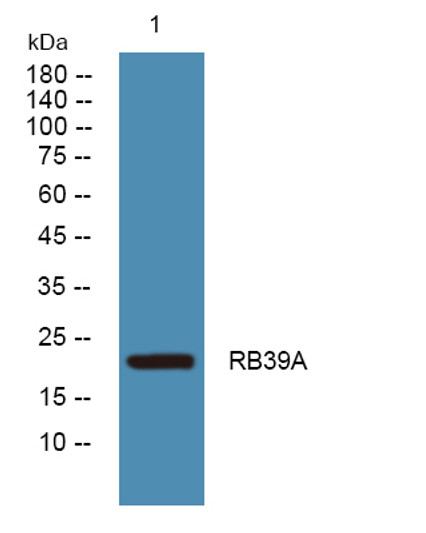| Post Translational Modifications | Phosphorylated during hypoxia by ERK1/ERK2. Phosphorylation regulates the heme pocket hexacoordination preventing the association of His-64 with the heme metal center. Thereby, promotes the access of dioxygen and nitrite to the heme and stimulates the nitrite reductase activity. Phosphorylation during hypoxia is stabilized by 14-3-3 proteins. An intramolecular Cys-46/Cys-55 disulfide bond, not necessarily present in orthologs, regulates the heme pocket hexacoordination preventing the association of His-64 with the heme metal center. Thereby, promotes the access of dioxygen and nitrite to the heme and stimulates the nitrite reductase activity. |
| Function | Monomeric globin with a bis-histidyl six-coordinate heme-iron atom through which it can bind dioxygen, carbon monoxide and nitric oxide. Could help transport oxygen and increase its availability to the metabolically active neuronal tissues, though its low quantity in tissues as well as its high affinity for dioxygen, which may limit its oxygen-releasing ability, argue against it. The ferrous/deoxygenated form exhibits a nitrite reductase activity and it could produce nitric oxide which in turn inhibits cellular respiration in response to hypoxia. In its ferrous/deoxygenated state, it may also exhibit GDI (Guanine nucleotide Dissociation Inhibitor) activity toward heterotrimeric G-alpha proteins, thereby regulating signal transduction to facilitate neuroprotective responses in the wake of hypoxia and associated oxidative stress. |
| Protein Name | NeuroglobinNitrite Reductase |
| Database Links | Reactome: R-HSA-8981607 |
| Cellular Localisation | CytoplasmCytosolMitochondrion MatrixEnriched In Mitochondrial Matrix Upon Oxygen-Glucose Deprivation |
| Alternative Antibody Names | Anti-Neuroglobin antibodyAnti-Nitrite Reductase antibodyAnti-NGB antibody |
Information sourced from Uniprot.org









